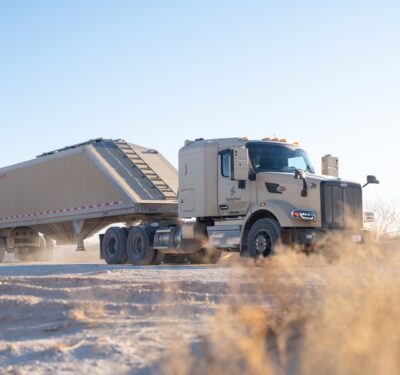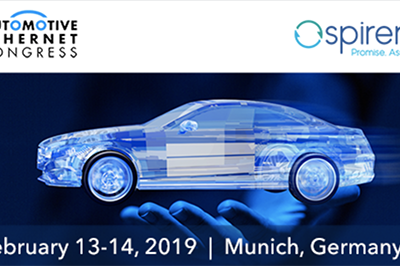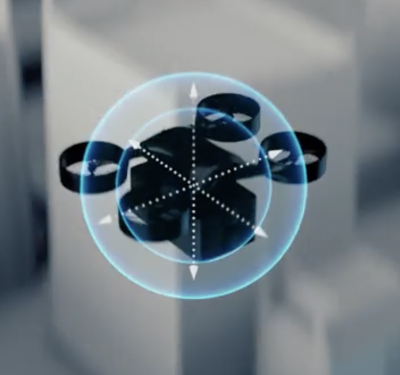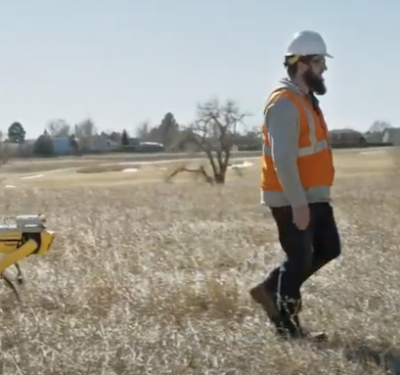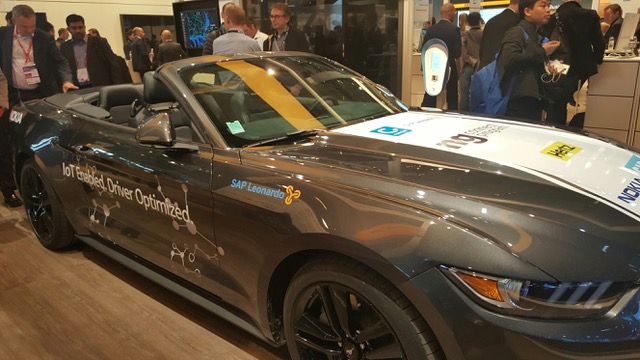
While plugging his company’s new partnership with SAP, Nokia and others, Rob Moore, Hertz Chief Technology Officer, said his company is ready for autonomous vehicles.
“People say we are not ready for autonomous vehicles. But we are in a wonderful place and well-positioning for [an autonomous] future,” he said.
Hertz, along with Concur Technologies, Wcities, Nokia, is integrating technology into rental cars through the Internet of Things (IoT). Hertz will integrate travel and itinerary planning, in-car personalization as part of an elevated car-rental experience, Moore said.
“With our mobility partners, the system now knows your seat, knows your itinerary…it’s a fully personalized [rental] car,” he said. “It wasn’t easy to integrate as no car is standardized.”
Moore said that artificial intelligence will change everyone’s life on the highway. “I have to provide a great experience, but relatable to you or you will decide to rent from someone else,” he said.
At least one company on the panel, Uber, embraced autonomous vehicles and is actively testing them at several sites. It is easy to demonize cars operated by people as they number in the billions and take away productivity via traffic jams and accidents, said Manik Gupta, Uber head of product, maps, Uber.
“The pollution they cause—and you only use your car 4 percent of the time. That’s often less than an hour a day,” he said. “Cities have designed transit in a half-hazard manner. About 30 percent of jobs require a 90-minute commute each day.”
Rather than talk about autonomous vehicles, however, Gupta championed the use of car pools and ride-sharing as ways to reduce traffic problems.
He said that when the company launched in Jakarta, the response time was under 5 minutes, sometime 10 minutes.
Overall, he said that 10 percent of Uber riders have given up a car—or not planning to buy one—which portends future growth for autonomous vehicles.
Gupta said that maps will be important for autonomous vehicles, but there is no perfect solution. “Anybody who says they have a perfect map of the world, I want to talk to them. There is no perfect map,” he said. “We have a lot of data coming back from our drivers to continually improve our map. Localization is better than GPS, background subtraction–showing how things move around you—and detailed lane geometry. With self-driving cars, that is going down the next level of detail.”


